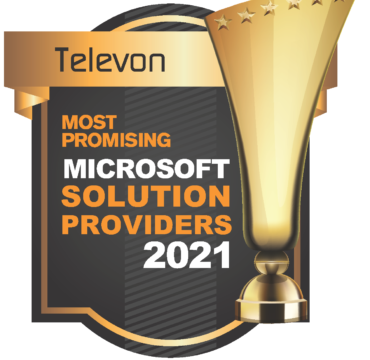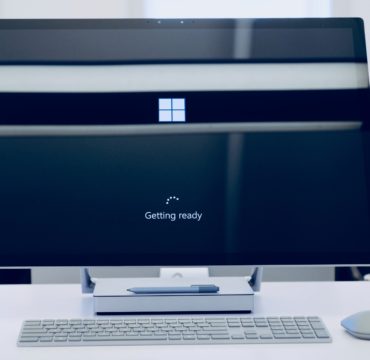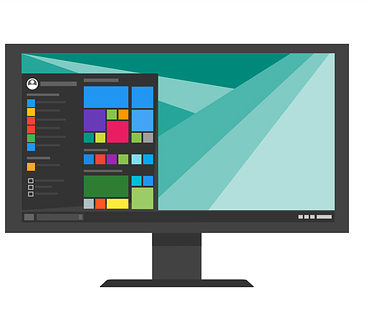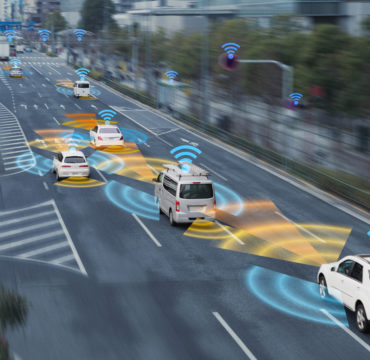Improve Your IT Inventory Management Processes
November 30, 2020
By Mike Breier
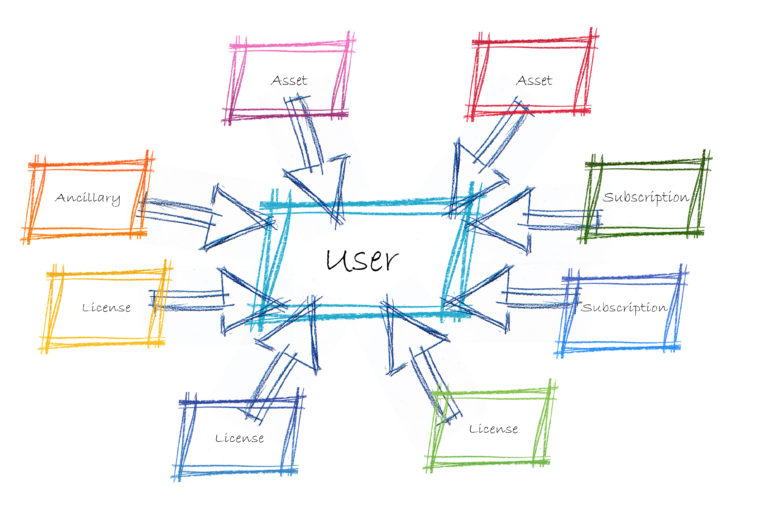
Televon is digging deeper on several of these topics, leveraging our years of experience, to provide you with processes and best practices you can implement immediately.
The Forbes Technology Council recently posted the article “14 Cloud Usage Costs that Could Bust Your Tech Budget”. It effectively highlights many systemic issues that cloud computing poses to IT Professionals. What it lacks though, is concrete actions which today’s IT Professional can readily implement to overcome these issues. Televon is digging deeper on several of these topics, leveraging our years of experience, to provide you with processes and best practices you can implement immediately. The first topic we covered was #8 on Forbes’ list, “Unneeded Licenses”.
The second topic we will cover is #13 on Forbes’ list, “Lack of a Resource Inventory System”. Forbes focuses on the hardware side of inventory management, tagging and tracking assets. At Televon we feel, with the move to cloud infrastructure and computing, organizations should expand their inventory tracking efforts in several dimensions.
Definition of Inventory
One dimension is how an organization defines inventory. Expanding the scope of inventory to include licenses as an item will help track who has what. Licenses, subscriptions, and even mobile plans are transferrable, just like hardware. Having a central tool tracking each license and who uses it will help reduce redundant purchasing and improve the deprovisioning process.
Televon uses this expanded concept of inventory in multiple areas, including mobile plan management. Most companies track Mobile hardware inventory, but don’t track the service plan elements associated with that device. By knowing which plan each device is on, and how long it has been on the plan, we can tell which devices are eligible for upgrade. Many times an upgradable device is still very functional. Therefore, we use the upgrade to purchase a new phone for a different user (“buddy upgrade”) thus saving the organization the cost of new hardware.
Tracking Orientation
Inventory management systems typically default to viewing data from the perspective of each asset. Where is it deployed, how is it configured, who has access, etc.? This is true whether you use a purchased Asset Management system or maintain lists of assets on spreadsheets. Reorienting your perspective from assets to the end user will shed new light on specific needs and their costs. This information will help answer questions like:
- Who needs which device/service?
Why does employee X have that? - What is the cost per employee for all hardware and services?
- Should we allocate shared resources based on user behavior?
- Which services are redundant and do any overlap in capabilities?
Cross-referencing this new perspective of inventory with other data sets, such as HR records and usage analysis, is extremely helpful in streamlining services. With this expanded analysis you can:
- Create standardized deployments for departments or roles based on typical user behavior.
- Change a specific deployment for a new employee based on the previous employees’ usage.
- Identify the entire suite of services to de-license when an employee leaves the organization.
In some organizations, such as construction, these two enhancements not only improve the administration of IT but can also have a direct impact on revenue. Tracking service costs and assets by user enables construction firms to charge back expenses of specific projects more accurately. Televon uses this strategy to help construction firms improve their cost management and revenue recognition processes for mobility services, data networks, and IaaS (Infrastructure as a Service) systems.
Get more insights like this from our monthly newsletter
Subscribe

Follow Us
Email: contact@televon.com
Phone: (724) 325-1660
Copyright © 2023 Televon.
Televon® Plenteous Consulting, LLC.
All rights reserved.
